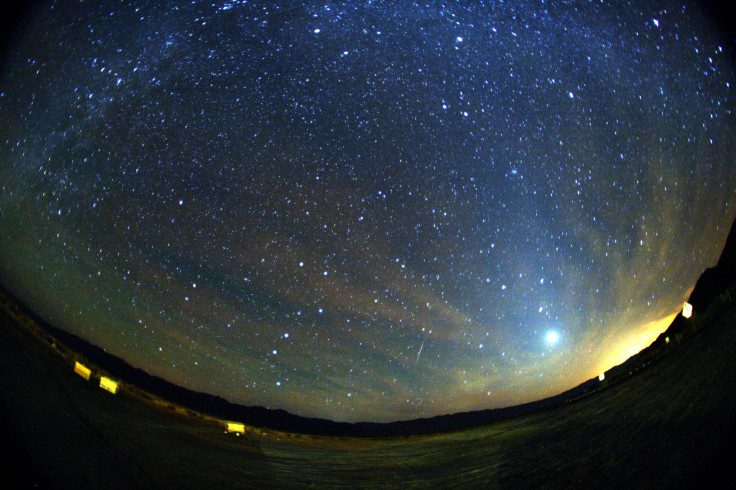Watch Incredible Moment An Orionid Meteor Burst In The Atmosphere
KEY POINTS
- The photographer was capturing a timelapse of the sky when she caught the view
- The Orionid meteor entered the atmosphere and then exploded in the blink of an eye
- The Orionids' peak has passed but it's still active until November
The Orionid meteor shower peaked last week. One skywatcher managed to capture the incredible moment when the meteor actually exploded in the atmosphere.
The Orionids peaked in the early morning hours of Oct. 21, with the best views of meteors streaking across the sky lasting till dawn. One particular skywatcher, however, captured a rather unique view of the sky event.
Photographer Brenda Tate was taking a timelapse of the sky outside of her home in Nova Scotia, Canada, when she captured the moment, reported Fox Weather.
In the video, which was shared by The Weather Channel (Credit: Brenda Tate and Tim Doucette), one can see the flash of light from the meteor brightening the sky as it entered the atmosphere. But in the blink of an eye, the meteor broke apart and exploded, leaving a dusty trail behind.
The Orionids are known for fast meteors that leave glowing trains behind. In fact, NASA has described the Orionids as being "one of the most beautiful showers of the year" even though they are considered a "medium strength" meteor shower.
This meteor shower happens when the Earth's atmosphere interacts with the leftover pieces of the famous Halley's Comet, which is also responsible for the Eta Aquarids in May. So, even if Comet Halley won't enter the solar system until 2061, people can enjoy these meteor showers.
Those who ended up missing the Orionids' peak need not fret as they still have a chance to catch a glimpse of them, albeit not as strong as the peak views. Although the peak has already passed, the Orionids will remain active until Nov. 22.
Meteor showers are best seen in places that are far away from the city or street lights. Make sure to dress appropriately for the weather and give one's eyes time to adjust to the darkness. There is no need to look at the radiant point, constellation Orion, as the showers will be visible throughout the night sky.

© Copyright IBTimes 2024. All rights reserved.






















